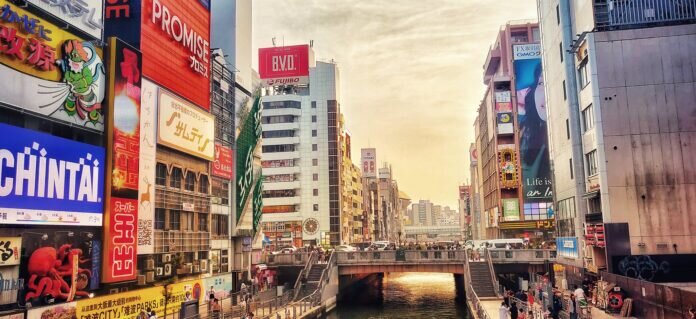
Every country has their inter-city rivalries. In Spain, the often-fractious relations between the Catalans of Barcelona and the Spanish loyalists of Madrid are legendary. Thankfully though, neither Osaka nor Tokyo will likely ever vote to leave Japan!
In America, liberal epicenters such as Los Angeles often find themselves at loggerheads with more conservative, rural towns.
Even in my native Scotland, there’s the old saying that goes “You’ll have more fun at a Glasgow funeral than an Edinburgh wedding.”
This pokes fun at the notion that Glaswegians can find humor in almost any situation, no matter how dark. Conversely, the stereotypical Edinburgh resident often faces the perception that they are too stiff and serious. This uptightness even extends to joyous occasions such as weddings. Of course, this is an exaggeration.
Table of Contents
Tokyo vs Osaka: An Argument for the Ages
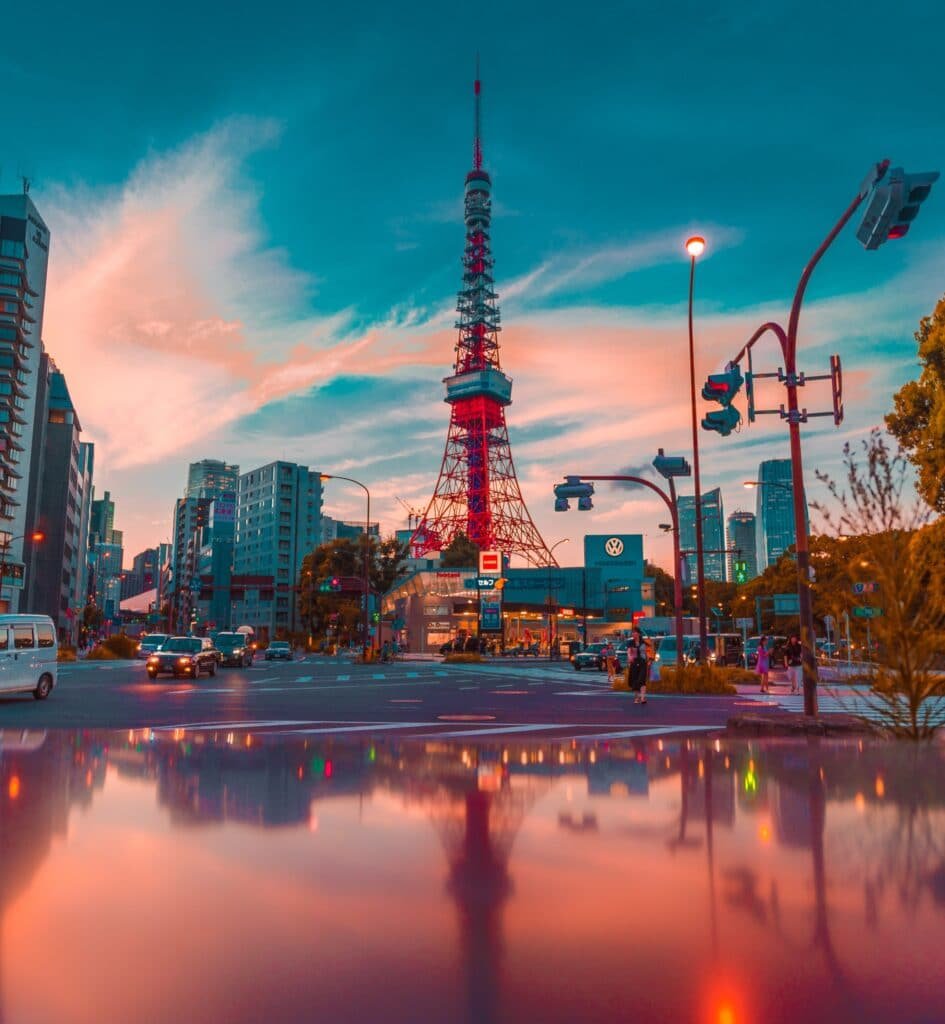
In Japan’s case, perhaps the most notorious rivalry of modern times is that between Osaka and Tokyo. Both are economic powerhouses. Both rank close to the top of the world’s most livable cities. However, both also have their detractors. People from Tokyo can, at times, claim that Osaka is scruffy, unkempt and therefore less welcoming. However, anyone who has spent 10 minutes in Osaka will soon discover this is absolutely not the case.
Going the other way, Osaka folks will tell you that people in Tokyo don’t know how to have fun. They will say that the city is too cramped, and its people devote far too much of their lives to their workplace. Having lived in both cities, I must admit that, in this instance at least, my Osaka friends seem to have a point. Tokyoites counter with the argument that their Kansai counterparts are a lazy, surly bunch, who don’t show the same dedication to their work.
Again, having worked in both cities, the Tokyo folks might have a point there!
Of course, there is far more to this complex rivalry than just who works harder. Osaka outshines Tokyo in a number of ways, in my opinion.
However, for the purpose of today’s article, my boss has asked that I narrow it down to five.
Please remember, as I stated before, this is entirely my own opinion, formed from living in both cities for an extended period. You may well disagree. If you do, then I invite you, respectfully, to share your own opinions in our comments section.
So, without further delay, here are the top 5 reasons why Osaka is a better place to visit and to live than Tokyo.
Osaka has better food than Tokyo
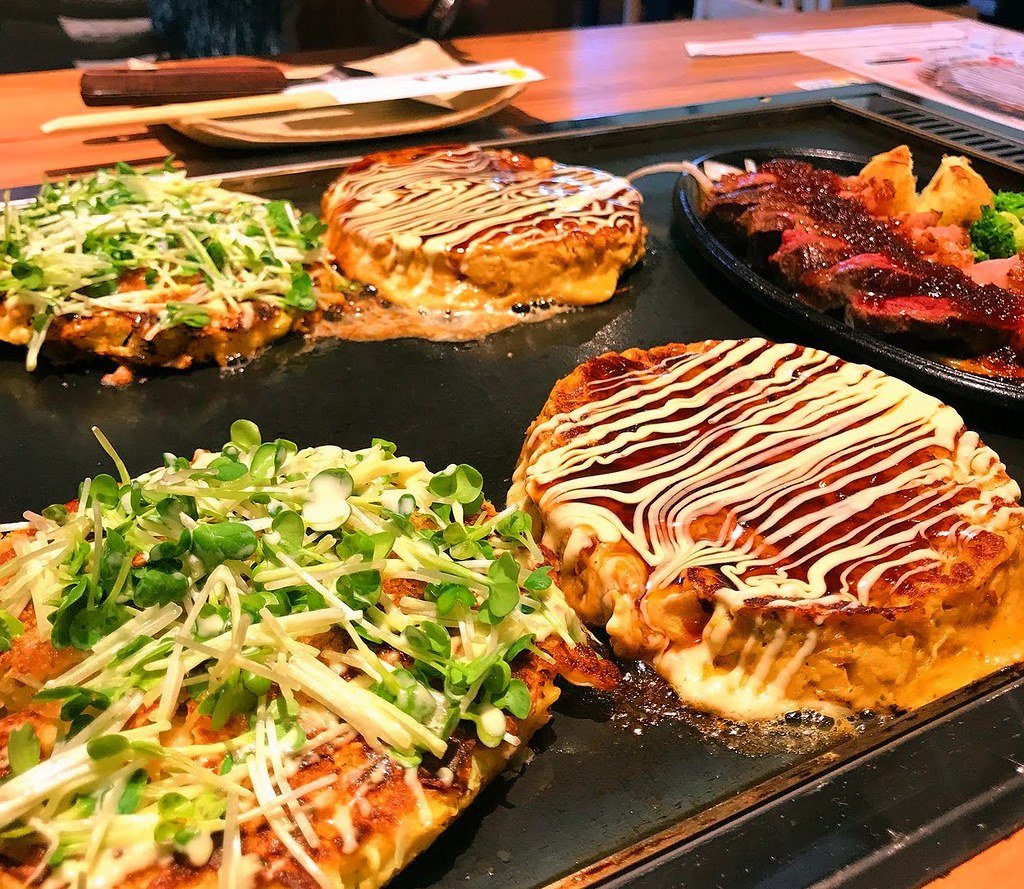
There’s a reason why Osaka has the nickname “Japan’s Kitchen”. It is, without doubt, the most bountiful city for food and drink options I have ever had the pleasure of sampling.
There are culinary delights for all tastes and budgets across the city. Whether it’s the finest sushi or sashimi from a top class restaurant, or a simple tub of okonomiyaki from a local street vendor, your taste buds are in for a treat. Two places stand out in particular in Osaka that simply blow anything Tokyo has to offer for foodies out of the water.
First up, there is the legendary Kuromon Ichiba. This seafood market has a parallel in Kanto, with Tokyo’s famous Tsukiji fish market. However, unlike Tsukiji, Kuromon Ichiba is, and always has been accessible to everyone. I think I speak for anyone who has ever been there when I say that nothing quite beats the taste of scallops on a skewer, with a smattering of sweet soy sauce. Of course, they taste all the better when you know they’ve just come fresh from the fisherman’s boat. The market boasts dozens of stalls, many with sit-down eating areas, selling delicious seafood of almost any variety you can imagine.
If seafood isn’t your thing, then you’re sure to find something more to your taste down at the Namba/Shinsaibashi area, in Osaka’s Chuo Ward. Along the banks of the Dotonbori canal, you will find a blend of Yatai (street vendors) selling all manner of freshly prepared, low-cost delights. Indeed no visit to Osaka is complete, without at least one trip to a waterfront Takoyaki stand. Personally, my favorite is the yakitori (chicken skewers). You have the option of getting them seasoned with a sticky sauce glaze, or a simple smattering of salt and pepper.
If paring your skewers with a cold beer, I’d say you can’t go wrong with the salt and pepper seasoning.
Overall, Osaka comfortably trumps Tokyo in the food department.
Osaka People are more Relaxed than People in Tokyo
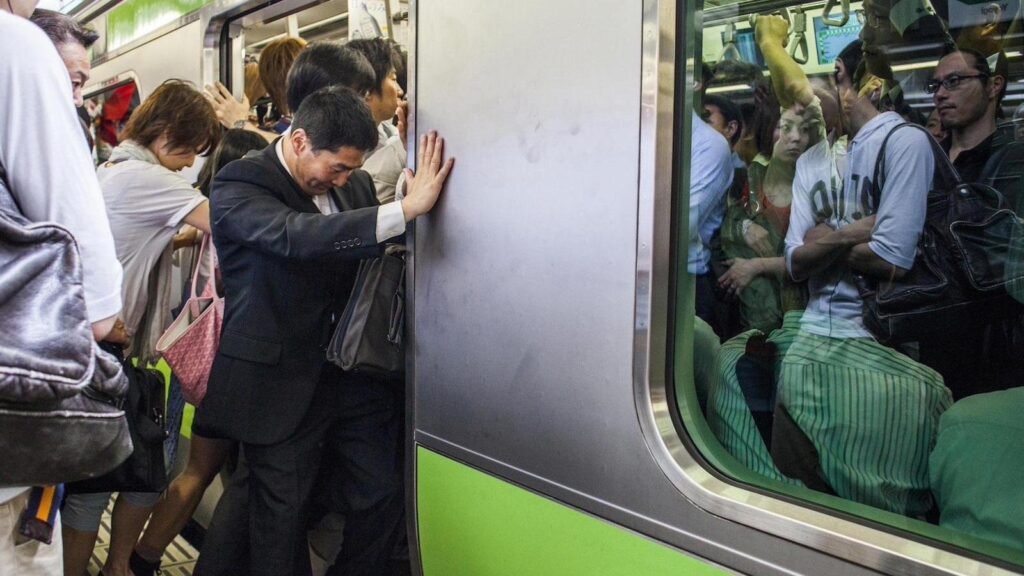
This next point isn’t intended as a slight on the people of Tokyo. Indeed some of my best friends call Japan’s capital home. However, it is a matter of undeniable fact that Tokyo is an intense place to live. People work hard, often to the point of making themselves ill. Trains are packed in the morning as office workers make their way in from the neighboring prefectures of Chiba, Saitama and Kanagawa. Trains are busy for much of the evening too, as workers slowly filter out of their offices from about 6pm onwards. Now, Osaka has this same peak time too, but never to that same extreme level I saw in Tokyo.
As a result, people in Tokyo can occasionally be pushy, impatient, and sometimes even bordering on rude.
Now, of course Osaka has its moments too, but in general terms, people here just seem to be a bit more laid back.
Yes, salarymen still work ridiculously long hours, and indeed the morning rush hour is never a pleasant experience. In saying that though, Osaka just doesn’t feel as uptight and at times as cold as Tokyo. From personal experience, when I first arrived in the city, on numerous occasions, people in Osaka would approach me, ask me if I needed help or if I was lost. This never happened during my 2 years in the Tokyo area. Again, this isn’t the fault of the people, rather I think it’s just a case of the average Tokyoite is simply too busy, too wrapped up in their own problems, to see if others need help.
Osaka isn’t perfect, but overall, I found it has a much warmer vibe both in the workplace and in social settings.
In Osaka, Your Money Goes Further than in Tokyo
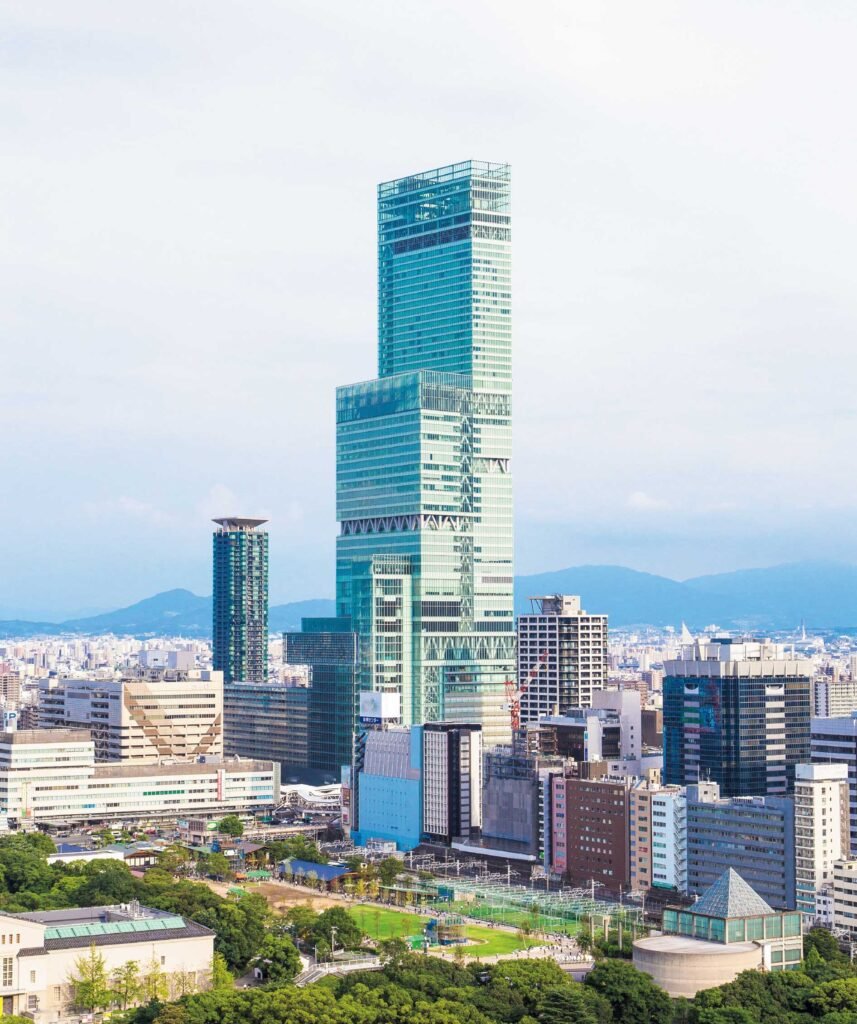
Japan, generally speaking is not the cheapest place to live. However, the weakening of the yen in recent times has made vacationing here a considerably better value prospect than before.
Japan does still suffer the same affliction as many countries however. Due to the over-centralization of commerce, trade and population, the capital city and its surrounding areas costs a lot more than elsewhere in the country. We see this in the UK, where London prices are ridiculously high compared to most of the rest of the country. European friends have told me similar stories about the likes of Paris, Brussels and Amsterdam, compared to the rest of France, Belgium and The Netherlands respectively.
So too is this the case with Japan. Tokyo is more expensive than Osaka in almost every regard. Hotels, eating out, drinks, transportation. Osaka consistently costs less, whilst not compromising on the variety of options available.
The cost of living comparison site Numbeo.com states that consumer prices are 19% lower in Osaka than in Tokyo. Additionally, the average worker in Osaka has 11% more buying power than their Tokyo counterpart.
Hotels for visitors are cheaper in general in Osaka too. A search on booking.com for late July (the beginning of the summer vacation season in Japan) turns up the following:
Osaka hotels vary from around 10,000 yen to 15,000 yen based on a room for two people in 3-4 star accommodation. Tokyo, on the same day, and with the same parameters, ranges from 16,000 yen to 22,000 yen. If you want to go full 5-star with your accommodation experience, add another zero to that price tag!
Osaka Has More Day Trip Options
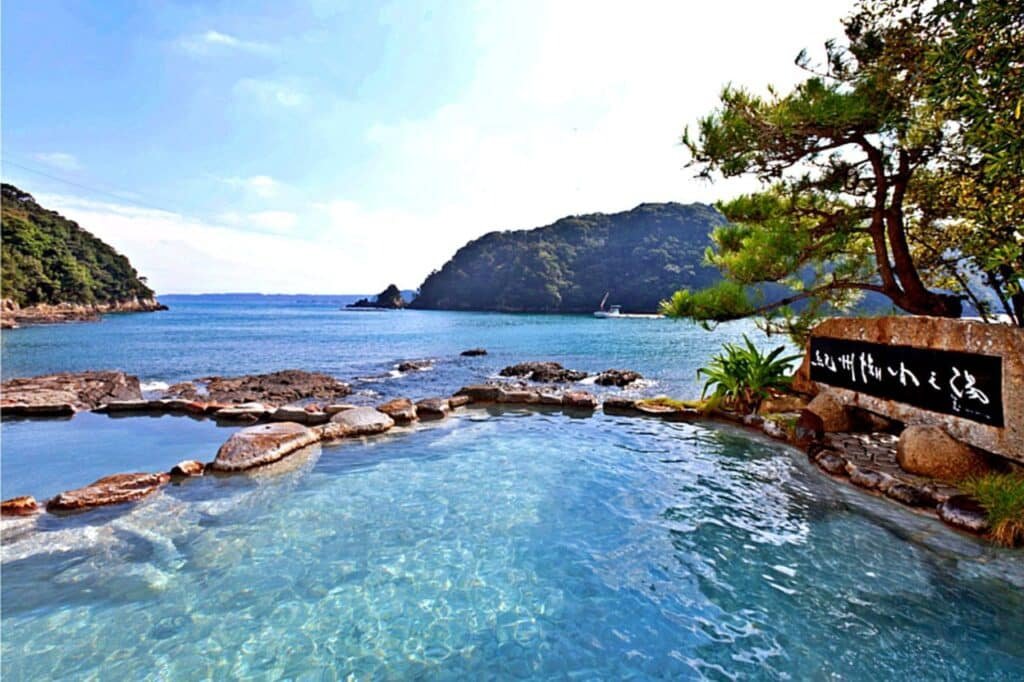
Despite being right in the center of Japan’s main Honshu Island, Tokyo doesn’t actually offer all that much for visitors outside the city itself. Yokohama is only about 45 minutes away by train, but to the average tourist, new to Japan, these two cities are very similar. If you want to escape the urban sprawl, then, as beautiful a city as Yokohama is, it’s not what you are looking for.
Osaka on the other hand, has many diverse locations, all comfortably within reach for those staying in Osaka City.
Want to escape the city and see some nature? Nara, with its free-roaming deer and historical sites is only about 35 minutes from central Osaka by train. If you want to go even further into the wilderness, then there’s also Wakayama. Just one hour from Osaka by train, Wakayama offers seaside towns, hot springs and an atmosphere totally different from the hustle and bustle of the big city. If you’re lucky, you might even see some dolphins.
Kyoto is another must see location. Not only is it perhaps Japan’s most historically significant city, it’s also less than an hour away from Osaka by train.
And then, there’s Kobe. A modern, thriving city with a distinctly western flavor. As one of the few trading ports that remained open to foreigners during the height of the Shogun’s power, Kobe remains one of Japan’s most culturally diverse cities. Its beauty is all the more remarkable when you consider that much of the city was destroyed in an Earthquake in 1995.
It is a testament to the character of the people of this great city that they have rebuilt Kobe, better than before, in such a short time.
Den Den Town Beats Akihabara Any Day
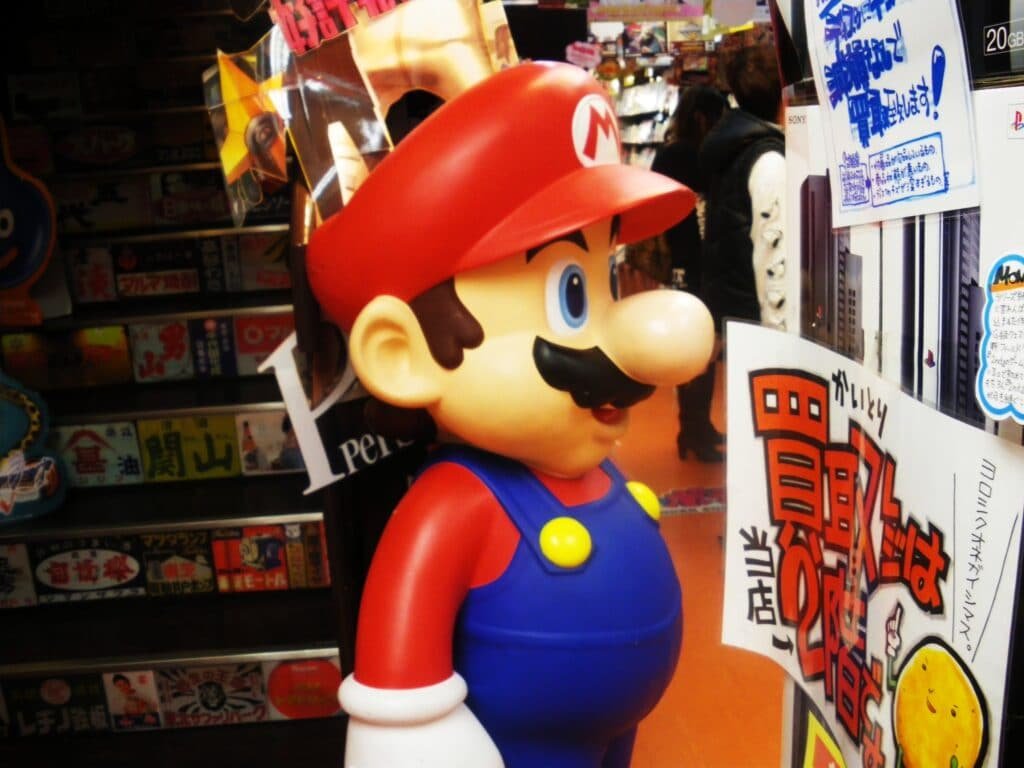
This last one might be contentious, especially if you’re a fan of all things electronic and geeky like I am.
Akihabara, in Tokyo, is one of Japan’s best known locations. It is a hub for video games, anime and the entire “otaku” subculture.
However, for me, in recent years it has lost its luster. Where there used to be small, independent traders, offering rare collectibles at bargain prices, there now stand large corporate chains. What was once a bargain, is now grotesquely overpriced. Unfortunately, this is the cost many of us geeks have to pay as our culture goes mainstream.
Thankfully, Den Den Town, Osaka’s answer to Akihabara, hasn’t quite caught the corporate capitalism bug yet. Most of the shops in this small area in central Osaka are still independent traders. Even those that are part of larger national chains, such as second-hand video game trader “Super Potato”, still keep their prices reasonable.
For those in the know, Den Den Town today, is what I remember Akihabara used to be like. It still has that character, that rebellious spirit. And most importantly, you can still buy Transformers and other action figures there without needing a second mortgage!
Sadly, Den Den Town will, as more people discover it, eventually go down the same, heavily commercialized path as Akihabara. But for now, enjoy it while it’s still here, and still affordable.
Remember, It’s All About Opinions
I should close by saying that, while I am and always shall be on “Team Osaka”, Tokyo is also a city I have a great deal of affection for. It was the first place in Japan I ever visited. Later, it was where I got my first job in Japan. I spent 2 challenging, but mostly happy years there.
However, Osaka took me into its heart from the moment I arrived, in a way that Tokyo never did. Osaka is a truly remarkable city, full of colorful characters, interesting sights and fun things to do.
My hometown back in Scotland has a slogan. They say: “People Make Glasgow”. I guess the biggest compliment this Glaswegian could pay to his second home would be to reiterate that point. People Make Osaka, and they are some of the finest people you will ever meet.
























